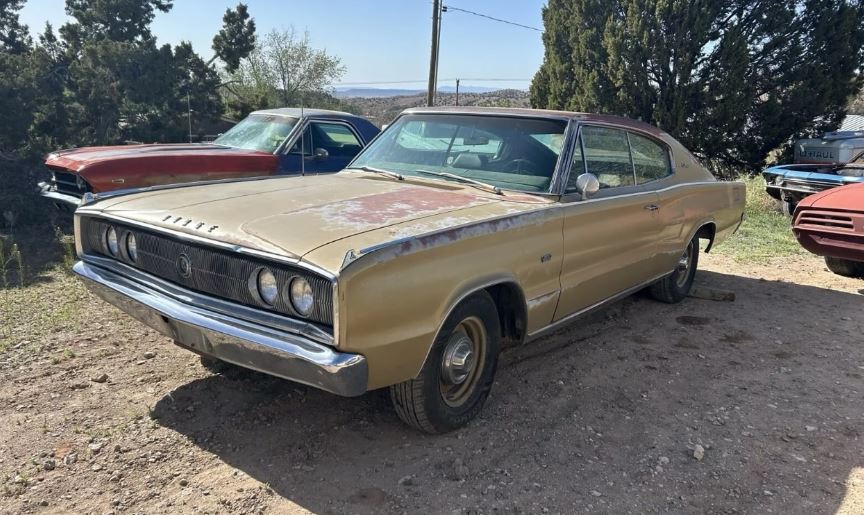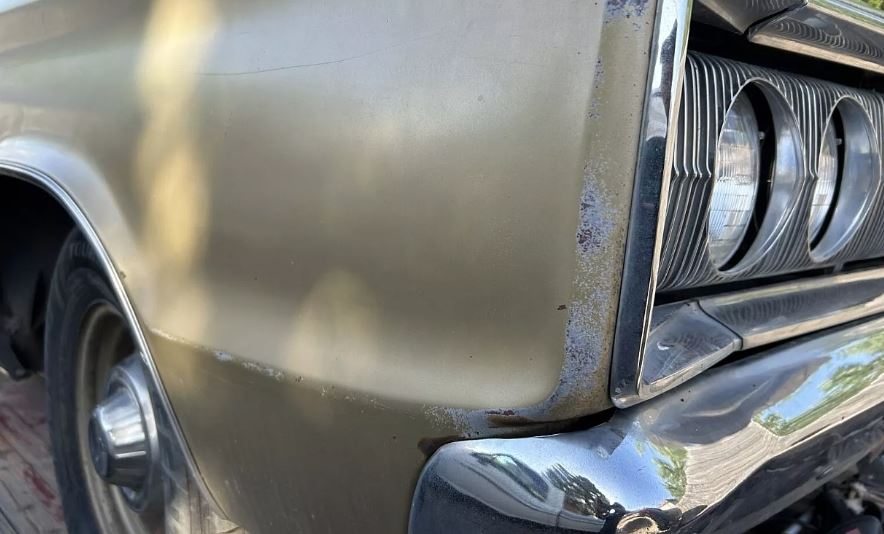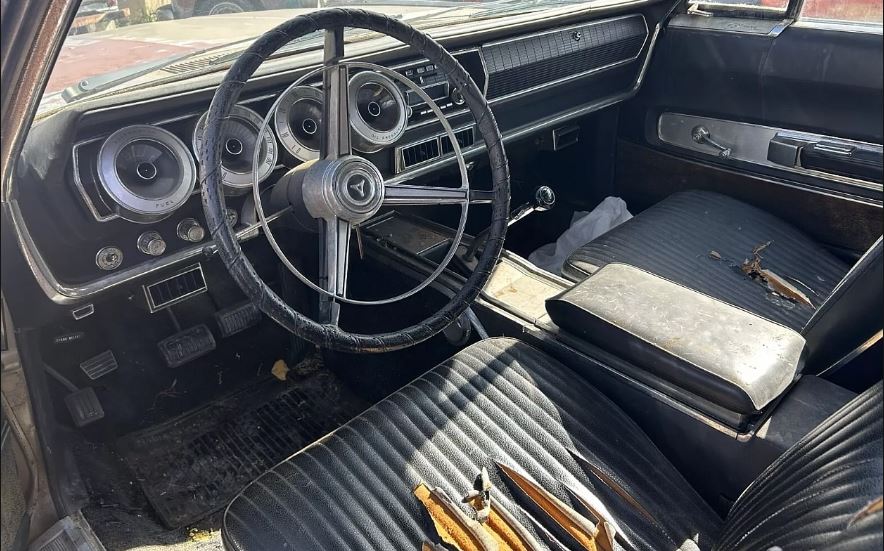Introduced during the 1966 Rose Bowl as the “leader of the Dodge rebellion,” the Charger took the emerging muscle car market by storm with a fastback roofline and a premium interior. Aimed at the Rambler Marlin, the somewhat unusual car brought 37,344 customers into showrooms in 1966, but sales dropped dramatically to just 15,788 examples in 1967. As a result, Dodge decided to redesign the Charger into a more traditional muscle car.
The 1968 iteration ditched the fastback roof, the fancy interior, and the electric shaver grille. The changes were met with great enthusiasm, and Dodge delivered nearly 100,000 units that year. Almost 60 years later, the 1968-to-1971 Charger remains far more popular than the first-gen model on the classic car market. However, the latter is notably rarer with certain drivetrain combos.
The HEMI version is obviously the king of the 1966-1967 Charger lineup when it comes to scarcity. Dodge sold only 468 units in 1966 and just 117 in 1967. However, some of the smaller engines aren’t common either when paired with specific gearboxes. The weathered 1967 example you see here, for instance, is one of only 601 ordered with the four-barrel 383-cubic-inch (6.3-liter) V8 and the four-speed manual.
That’s only 12% of the total four-barrel 383 production that year and a tiny 3.8% of the entire output regardless of engines and transmissions.
Hailing from Albuquerque, New Mexico, this Charger is also a fully-fledged survivor. The Mopar is still wearing its factory Gold Poly paint, which looks rather decent for a vehicle that’s 57 years old as of 2024. More importantly, it doesn’t show significant rust issues, and the seller claims the floors and the trunk pan are also clean.
The Charger is also a survivor under the skin thanks to the numbers-matching 383-cubic-inch V8 and four-speed manual transmission. The 3.55-ratio rear end is also factory-original. All three work as they should, so this 1967 fastback runs and drives.
The muscle car rolled off the assembly line with a few desirable options, including power steering, front disc brakes, air conditioning, and tach. All items work except for the A/C, which “needs service.”
Like most survivors, the Charger had some work done to become a drivable classic. It now relies on a new fuel tank and rides on new tires. The original redline spare tire is still in the trunk.
Overall, this Charger looks like a proper candidate for a local car show’s “barn finds” section and a classic that could be driven as is for a while. But it’s an even better candidate for restoration. If it’s something you’d like to do, the fastback is currently under the hammer, with the high bid at just $6,300. For reference, 1967 Chargers in great condition usually change hands for $28,000 on average.


